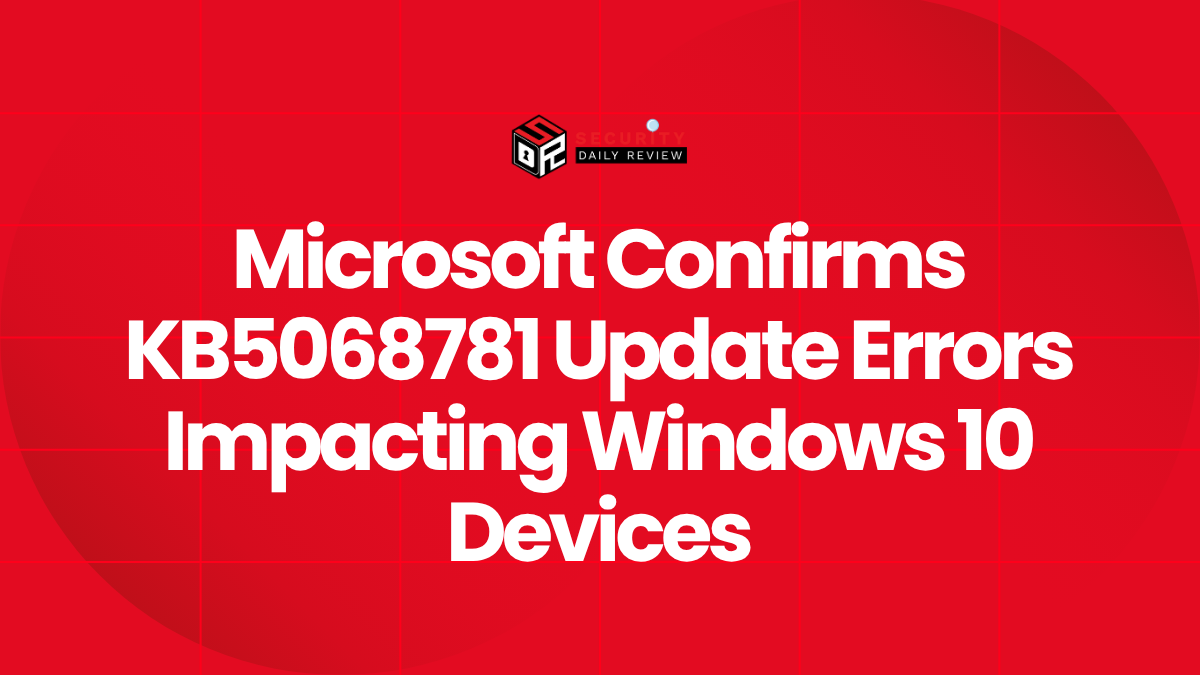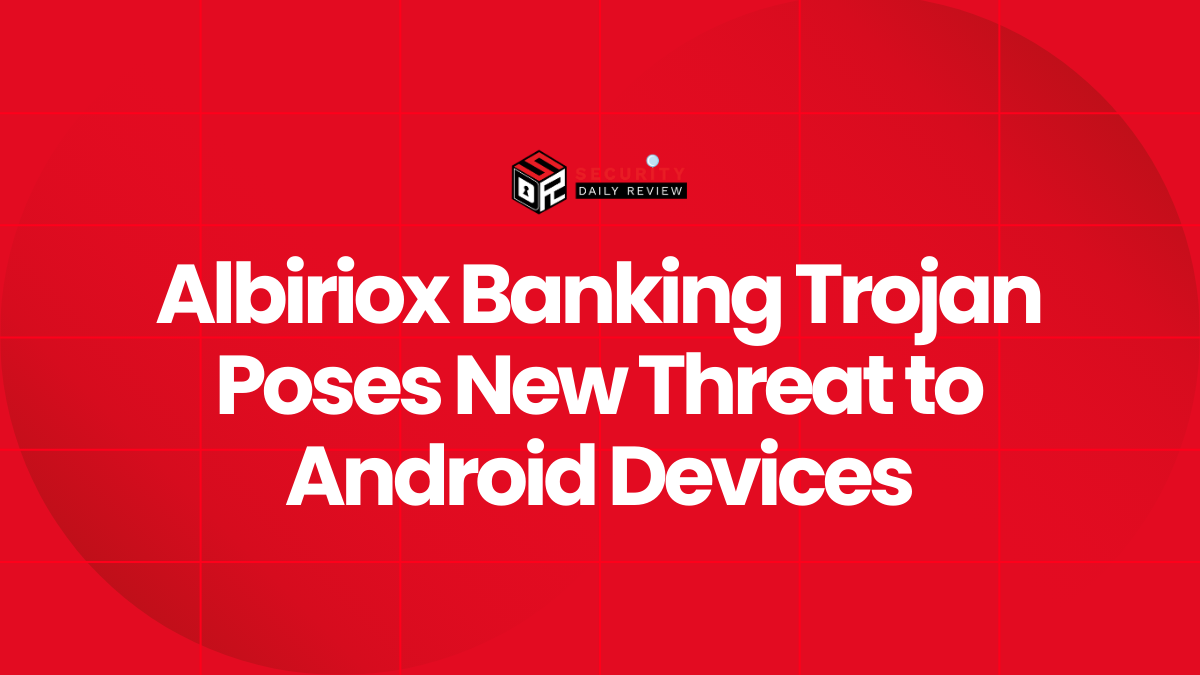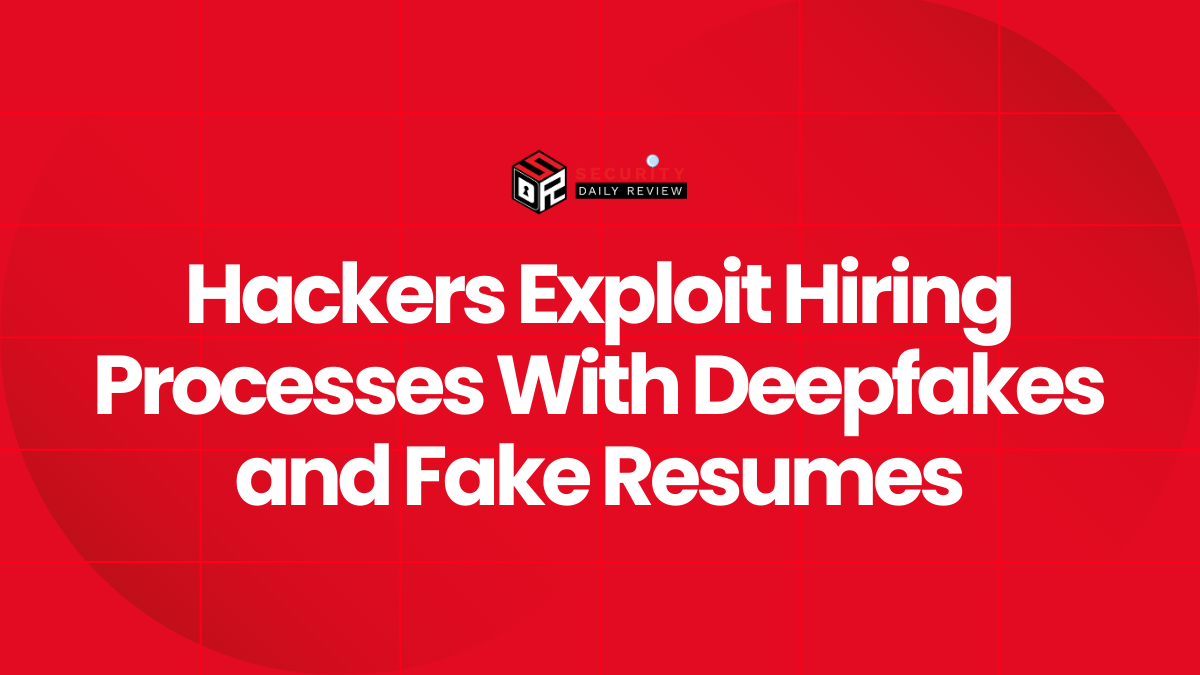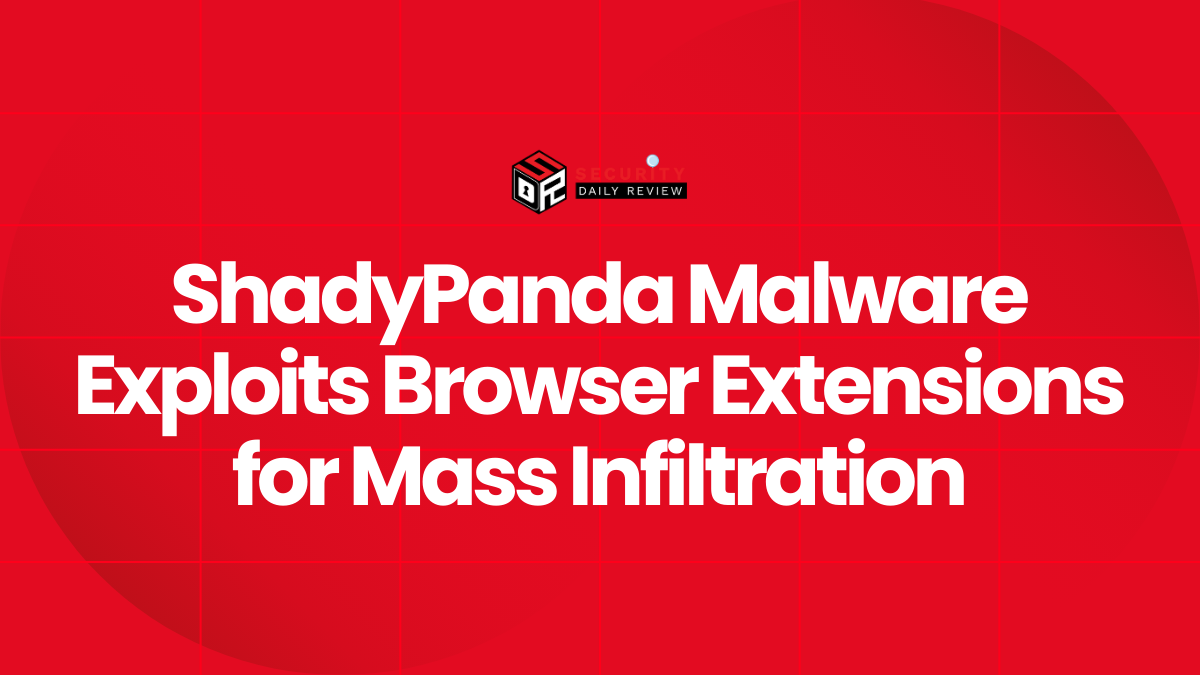Microsoft has confirmed it is investigating an issue that prevents the Windows 10 KB5068781 Extended Security Update (ESU) from installing on some devices. The error, identified by code 0x800f0922, primarily affects customers using systems with corporate licensing, raising operational concerns for enterprises depending on legacy OS environments with custom support agreements.
A Known Update Problem Emerges in Legacy-Managed Environments
The KB5068781 update is part of Microsoft’s Extended Security Updates program—a paid offering that provides critical patches for Windows 10 versions that are officially out of support but still used in enterprise environments. These updates are vital for maintaining cybersecurity and compliance in organizations that have not yet transitioned to newer operating systems.
Since its release on June 11, users and IT administrators began reporting that the KB5068781 patch was failing to install. Microsoft acknowledged the problem and confirmed that it primarily affects devices utilizing corporate devices with volume licensing configurations.
Understanding Error Code 0x800f0922 in Enterprise Setups
Error code 0x800f0922 typically suggests that a system was unable to connect to the update server or had trouble allocating system space during installation. However, in this case, Microsoft’s preliminary analysis points to difficulties in environments using custom Group Policy Objects (GPOs) or those integrated with on-premises Windows Server Update Services (WSUS).
Affected administrators noticed the following characteristics:
- Updates fail mid-installation and generate the 0x800f0922 error in logs
- The systems are running under extended support via volume licensing
- Installation retries do not resolve the issue, even after resetting update components
Microsoft stated that it is actively investigating, and while it has not disclosed a timeline for the fix, a resolution is expected in a future servicing update.
Implications for Patch Management and Endpoint Protection
Organizations that rely on older Windows 10 versions as part of their operational backbone are particularly vulnerable without the protection afforded by updates like KB5068781. The failure of such patches to install can expose systems to unpatched vulnerabilities despite being covered under extended security.
Risks Associated With Missed Updates in ESU-Covered Systems
The inability to deploy the KB5068781 update poses two significant risks:
- Security Gaps : The patch addresses known vulnerabilities that are likely to be targeted. Extended Security Updates are designed to mitigate such exposure.
- Compliance Issues : In highly regulated industries, maintaining up-to-date patch status isn’t optional. Organizations failing to install security updates can face fines or audit failures.
Administrators Are Urged to Monitor and Delay Manual Fixes
While some administrators may consider applying custom scripts or workarounds to bypass installation issues, Microsoft recommends against this unless officially advised. Applying unsupported changes can complicate future servicing or invalidate extended support compliance.
In the interim, IT teams are advised to:
- Monitor Microsoft’s release channels for a remediation patch or servicing update
- Document affected systems and isolate them from high-risk operations if possible
- Avoid rollback or force-install tactics that may compromise system stability
Affected Population and Looking Ahead
The update problem appears confined to a subset of Windows 10 machines covered under the ESU arrangement, specifically in enterprise environments. Retail Windows 10 users — those without volume licenses or ESU — are unlikely to encounter this issue.
Microsoft is expected to provide corrective guidance or potentially re-issue the KB5068781 update in a modified format as part of the upcoming Patch Tuesday release, if not sooner. Until then, affected organizations will need to evaluate their exposure based on whether the update was intended to patch vulnerabilities currently being exploited in the wild.
Strategic Patience Recommended as Fix Develops
With cybersecurity threats continuing to target unpatched systems, the failure of the KB5068781 update is a notable disruption to Windows 10 system hardening in legacy enterprise environments. Though frustrating for IT teams, especially those adhering to strict patch compliance timelines, a deliberate and validated fix from Microsoft remains the safest course of action.
Organizations are advised to document affected systems, adjust patch deployment strategies, and prepare for rapid testing once a resolution is provided.









